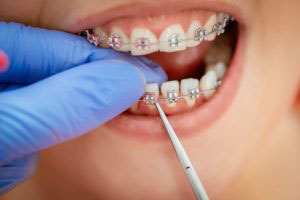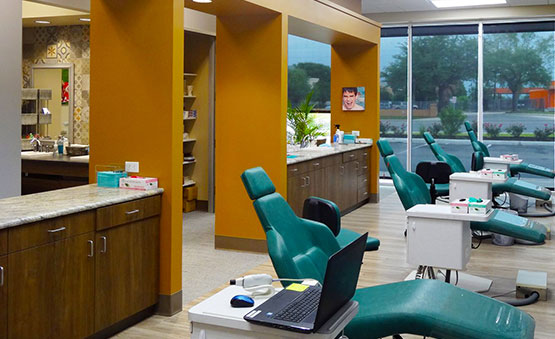Teeth contouring can help them appear less crowded, free of cracks and fractures, and decrease overlaps or pitting and groves in the enamel. The procedure is painless and creates a beautiful smile. Before deciding to contour one’s teeth, it should be discussed with a cosmetic dentist and should not be used in cases with severe misshapen or damaged teeth. Most patients see a huge difference after having the procedure done. It’s a convenient procedure with many patients only needing one treatment; others may need to come back for a second and third treatment.

Contouring is also known as tooth reshaping and is one of the few immediate treatments available in cosmetic dentistry. It only takes one session for results, in most cases. Under certain circumstances it can be used as an alternative to braces. The changes are subtle, yet effective. A few millimeters of reduction and tooth-colored laminate are involved in the process. Another common use for the procedure is tooth lengthening, shaping or positioning.
Before the dentist begins the procedure, he will determine if the defects are minor enough to be corrected with the contouring. Then he will x-ray the teeth to make sure they are healthy enough to withstand the small amount of enamel that is removed. The tooth may become weak if too much of the enamel is removed. The dentist will mark each tooth that is to be reshaped with a pencil. Sometimes the dentist may take a “before” picture to use as a reference. The pencil marks are used as a guide for sculpting with a sanding drill or laser. Rough strips are moved back and forth to shape the sides of the tooth, and then it is smoothed out and polished. It usually takes anywhere from 15 to 30 minutes for each tooth. An “after” photograph may be taken to compare and display the difference to the patient. Anesthetic is not usually required as the amount of enamel removed is not enough to cause pain or discomfort. There may be some sensitivity to hot or cold substances for a few days afterward but the slight irritation is temporary.
The result that the patient desires and dentist strives for is to change the shape or size of the teeth so that those which are not proportioned or slightly damaged can be brought into alignment with the others. Generally, this is considered a cosmetic procedure and usually involves the upper central, lateral and canine teeth. Sometimes it is performed after the removal of braces to fix any minor problems that were left unresolved by the braces. Contouring can also be used in conjunction with veneers and bonding.
One of the benefits besides a nicer looking smile is that the teeth become easier to clean after the overlaps and repairs have been made. This will ultimately reduce the risk of cavities and gum disease. It is a safe procedure with little to no risk to the patient. In some cases, the procedure may be covered by dental insurance in the case that the chipping or damage is the result of an accident. For those who are interested in contouring for purely cosmetic reasons, they can expect to pay anywhere from $100 to $500 per tooth.






